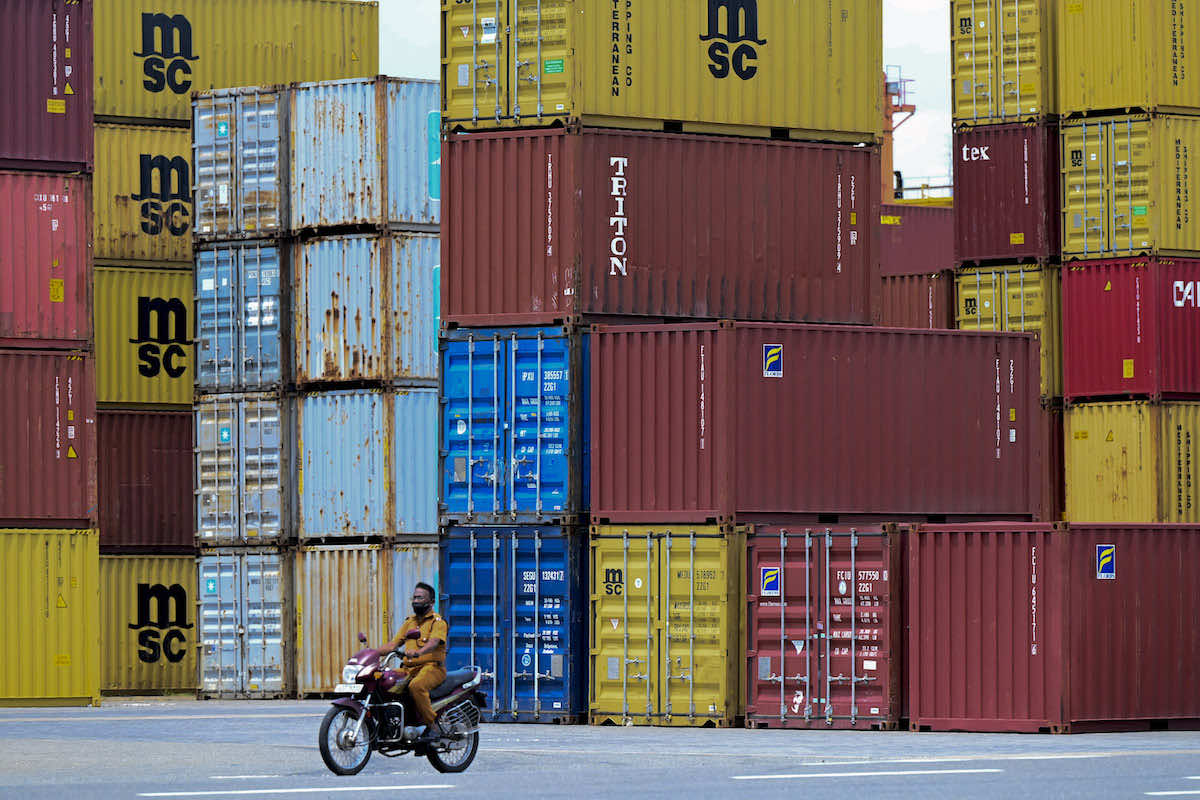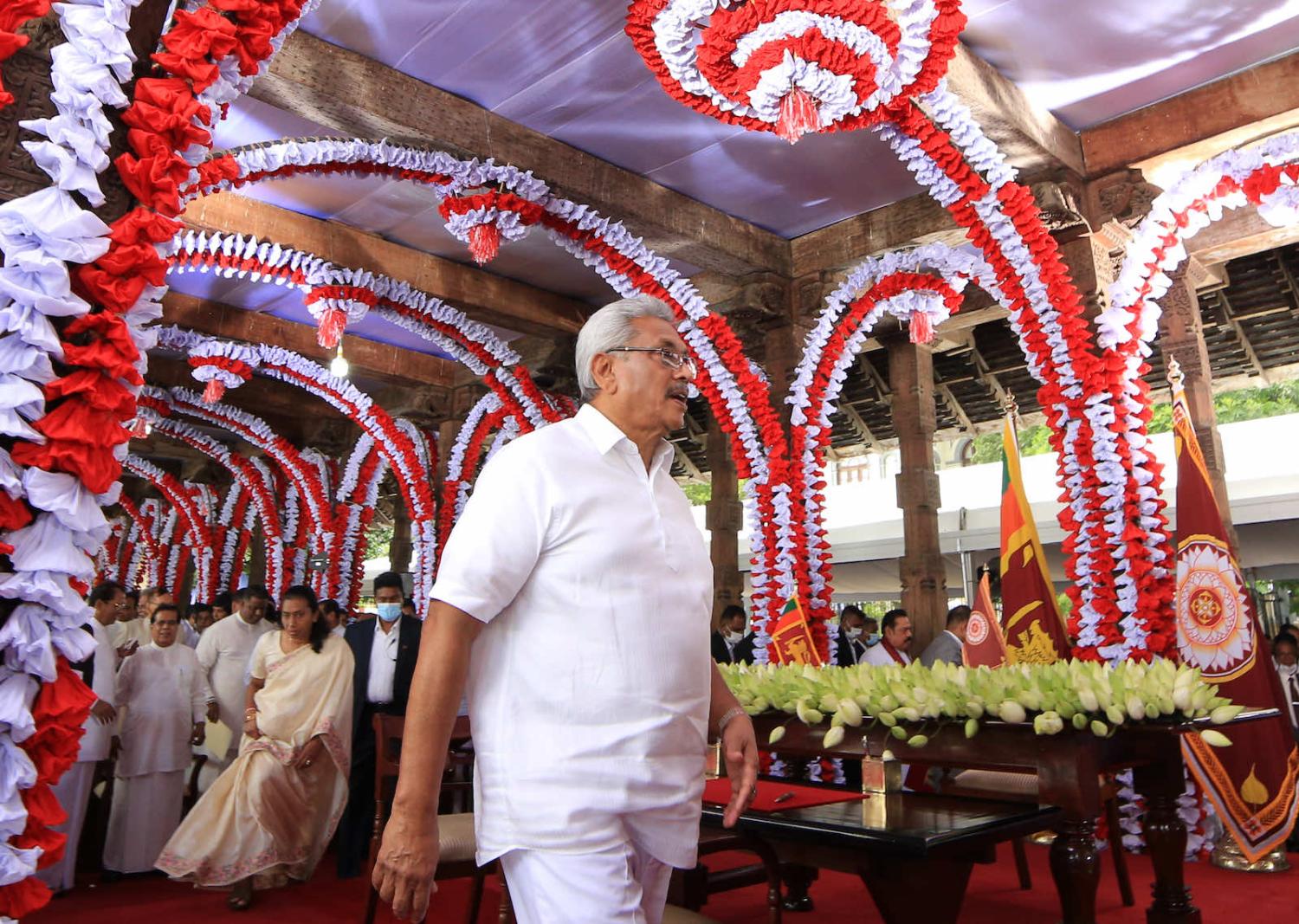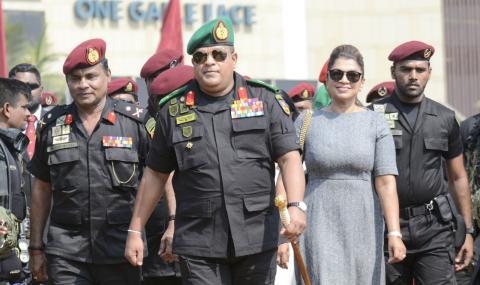In late 2019 Sri Lanka was facing several challenges, including a slowing economy, a rising external debt burden, and compromised national security resulting from a terrorist attack in April 2019. The task for new President Gotabaya Rajapaksa was to deliver his ambitious promises, initially with a minority government, and later amid a global pandemic.
In a break with past outwardly-oriented market-friendly economic policies, the government shifted to inward-oriented approach with a significant role for the state in economic activities. Ambitious five-year targets were set for the country’s economic transformation including achieving average economic growth of 6.5% or higher, per capita income of $6,500 or higher and unemployment of less than 4%.
On the foreign policy front, attempts were made to reinvigorate Sri Lanka’s relations with India and China. The government said it would prioritise India’s security sensitivities and the friendly approach towards New Delhi hinted at a new era of relations with India. This, along with other measures, particularly in the early months of the Covid-19 pandemic, was enough to earn Rajapaksa’s party a two-third majority victory at the 2020 parliamentary election.
It is notable that Sri Lanka seems to be moving away from a neutral foreign policy stance.
However, a second wave of the pandemic soon engulfed Sri Lanka, stretching the capacity of the public health system. The number of cases grew rapidly, along with the disruption to people’s livelihoods and the economy caused by a lengthy lockdown and travel restrictions (another 10-day lockdown was announced this week). The delay in commencing a comprehensive island-wide vaccination program and misaligned policies to mitigate community transmission during the festive seasons fuelled further outbreaks.
Managing the economy amid a pandemic induced economic shock has been a major challenge. Sri Lanka has experienced its worst economic downturn in the last four decades. Reflecting a downturn in most major economic sectors, economic growth collapsed from 3.1% per year in 2017–19 to -3.6% in 2020. Poverty also rose, particularly among the informal sector and urban workers, although the economy rebounded in the first quarter of 2021, underpinned by strong growth in agriculture and industrial activities. Even so, significant uncertainty clouds the country’s outlook in 2021–22 given the tourism downturn and weaknesses in the global economy.

Sri Lanka’s unfavourable debt dynamics compound economic uncertainties. In December 2020, the central government debt to GDP ratio rose to 101% while external debt reached US $49.2 billion. Sri Lanka’s high debt levels, which rose during the pandemic, reflects persistent fiscal and current account deficits, notable currency depreciation, the costs of a 30-year civil conflict with the Tamil Tigers seeking a breakaway state that ended in 2009 as well as lacklustre post-conflict growth, and the contraction of GDP during the pandemic. Increasing concerns about debt servicing capability have led to international credit rating agencies downgrading Sri Lanka’s ratings, foreign capital outflows and pressures on the currency.
Despite multitudinous commentary, Sri Lanka is not engulfed in a Chinese debt trap. External debt owed to China amounted to about 10% of the debt stock in April 2021. The bulk of Sri Lanka’s external debt stock is owed to international capital markets (47%), followed by multilateral development banks (22%) and Japan (10%).
However, it is notable that Sri Lanka seems to be moving away from a neutral foreign policy stance. While resetting relations with India began in earnest, difficulties arose due to differing approaches of the two countries. Early progress in bilateral relations faltered with New Delhi insisting on the full implementation of the 13th Amendment of Sri Lanka’s Constitution to resolve the long standing ethnic issues and following Colombo’s breaking off the agreement with India and Japan to develop the East Container Terminal in the Colombo Port due to mounting domestic protest.
Growing tension with India and the West has further pushed Sri Lanka into China’s embrace.
Similarly, Sri Lanka’s relations with the US continue to deteriorate. Relations between Washington and the government of then President Mahinda Rajapaksa, brother to the incumbent, were tense following the end of the civil conflict in May 2009. The United States, along with other Western countries, argued that human rights violations were committed by troops during the final stage of the fighting. In turn, Mahinda Rajapaksa’s government accused the West of having overly interventionist and intrusive policies.
The election of Gotabaya Rajapaksa, a former US citizen, held out the possibility of a less fraught, more business-like working relationship with the United States. However, a lacklustre and disinterested response to a Millennium Challenge Corporation (MCC) Compact grant worth $480 million to reduce bottlenecks in transport and commercial land administration led to the MCC Board withdrawing the grant in December 2020. Furthermore, US support for a new human rights resolution against Sri Lanka and occasional criticism of Sri Lanka’s domestic and foreign policies have intensified bilateral tensions.
Growing tension with India and the West has further pushed Sri Lanka into China’s embrace. Gotabaya Rajapaksa’s government increasingly sees a friend in China who can bring much needed foreign exchange to Colombo. Since the pandemic struck in 2020, Beijing has provided crucial and timely economic and health aid support. China provided over US $2 billion in loans and currency swaps. In addition to providing emergency anti-epidemic medical supplies, China also provided over a million Sinopharm vaccines as donations and about six million as procurements.
Against this backdrop, Sri Lanka is prioritising its relations with Beijing. This seems a departure from the Gotabaya Rajapaksa government’s early pledge of implementing a neutral foreign policy.

